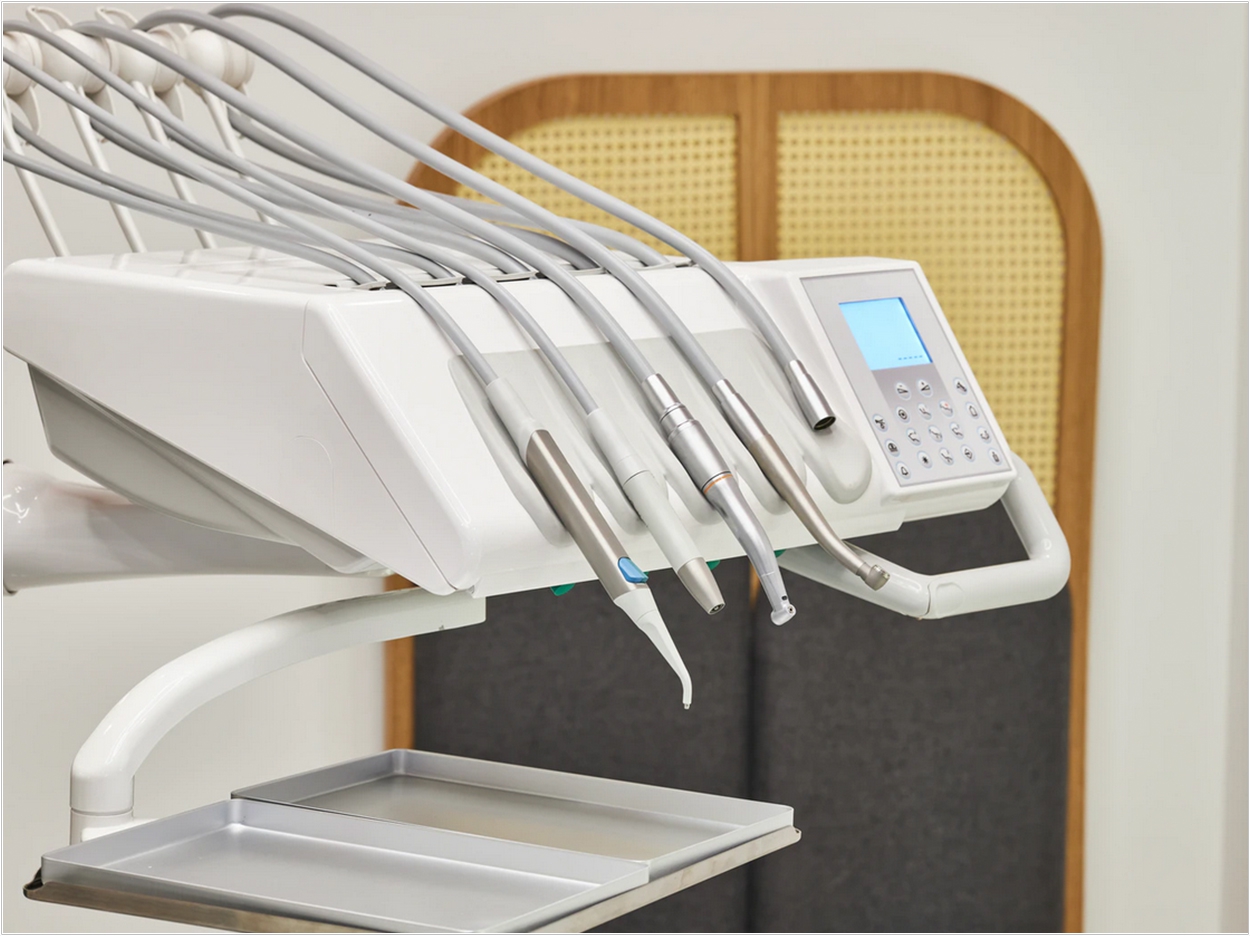
Japan is economically advanced and has plentiful dentists as well as universal healthcare, but it also has inequities in oral healthcare, according to the University of Tsukuba.
After examining a huge set of claims and checkup data in search of regional and socioeconomic trends, researchers at the school said, regional lower income and educational levels may correlate with a failure to seek preventive dental treatment.
“We conducted an ecological [population-level[ study to try and grasp how people access oral care across Japan and what they seek,” said coauthor and former associate professor Takahiro Mori. “This was the first-ever national-level attempt to examine regional inequality in dental care use in our country.”
The 216 million data points in the study spanned from April 2017 to March 2018 and included indicators such as outpatient visits, use of outreach (home) services, and treatments such as fillings and dentures.
The researchers also examined the data in different regions in relation to socioeconomic factors such as income and education. This is the first time that such findings were possible, as previous studies had been on a much smaller scale, the researchers said.
The researchers used a standardized claim ratio (SCR) as the basis for their calculations. An SCR is a numeric index representing observed versus expected claims. An SCR of 100 for a region, or a Japanese prefecture in this case, indicates the same level as the entire country.
The low SCR of 1.4 for outpatient visits meant access was relatively balanced. But the 19.3 and 17.6 scores for outreach services and periodontal surgeries showed wide regional inequalities, the researchers said, adding that the most important findings regarded income and education.
“Access to preventive care was negatively correlated with areas that showed lower income and education levels,” said senior author Nanako Tamiya.
“This means people in those areas may be less likely to seek preventive dental measures such as calculus removal, i.e., cleaning. This, in turn, can make it harder to preserve teeth and necessitates more severe treatment,” said Tamiya.
The researchers emphasized that this ecological study shows the big picture and not necessarily the individual one. Conversely, however, they note that this is the first nationwide study in Japan to show regional inequalities.
“Knowing these inequalities is a key first step in righting them,” said Tamiya.
The study, “Regional Inequality in Dental Care Utilization in Japan: An Ecological Study Using the National Database of Health Insurance Claims,” was published by The Lancet Regional Health—Western Pacific.
Related Articles
NDP Wants to Expand Dental Coverage in Canada
Report Documents Australian Oral Health Workforce
Permanent Molars Erupt Earlier Among Children Facing Stress












